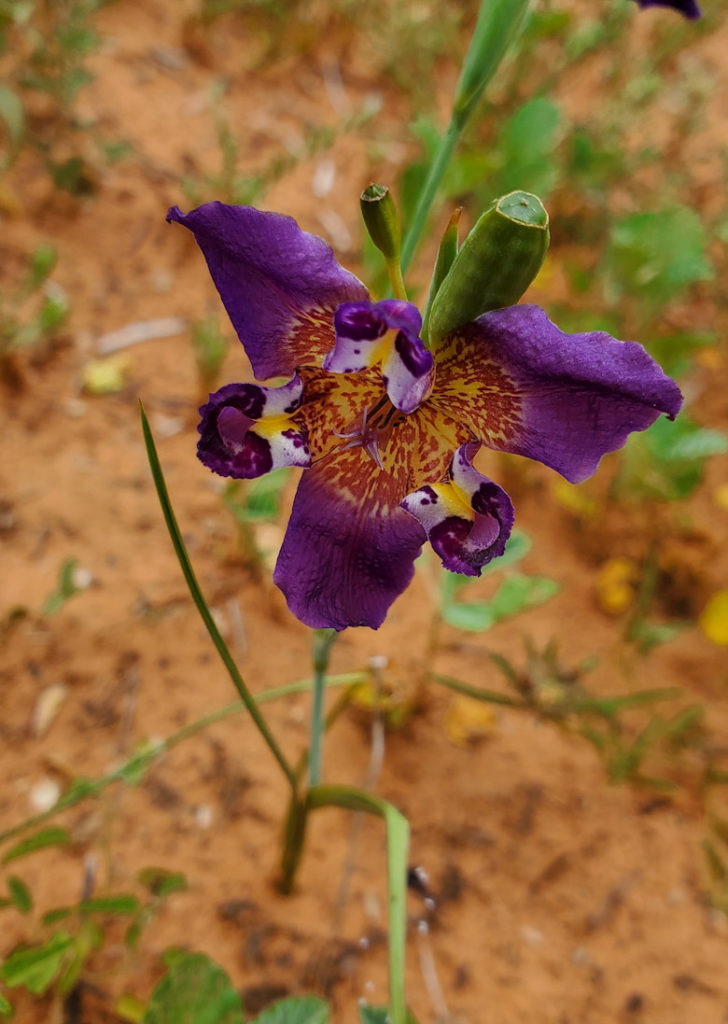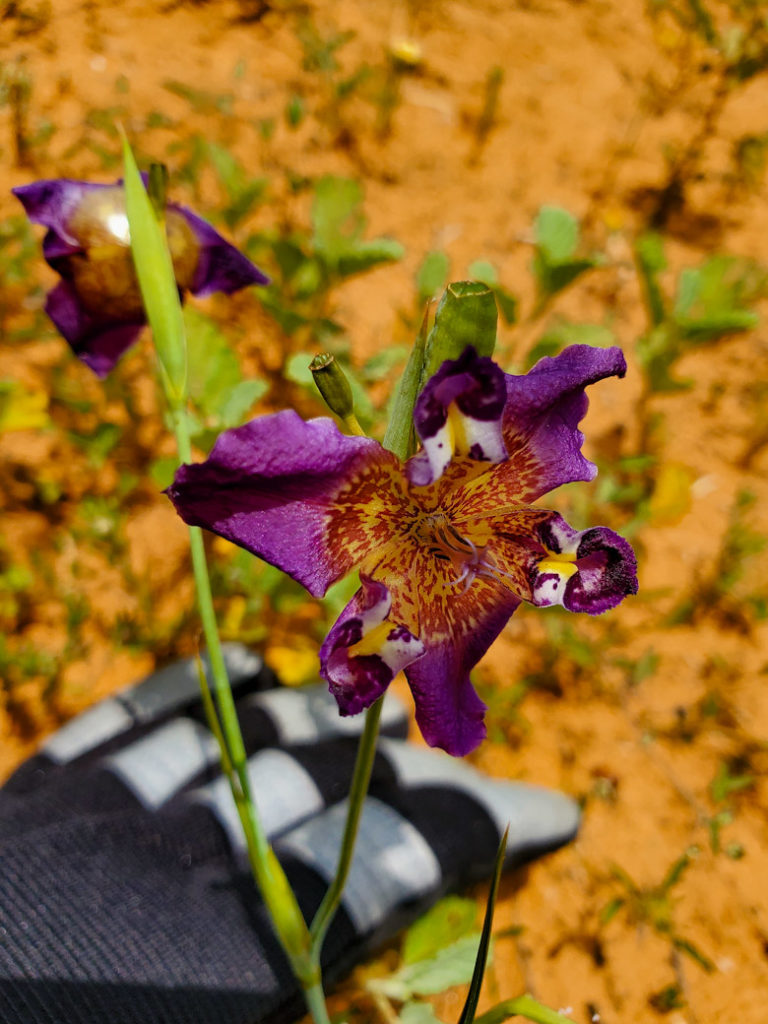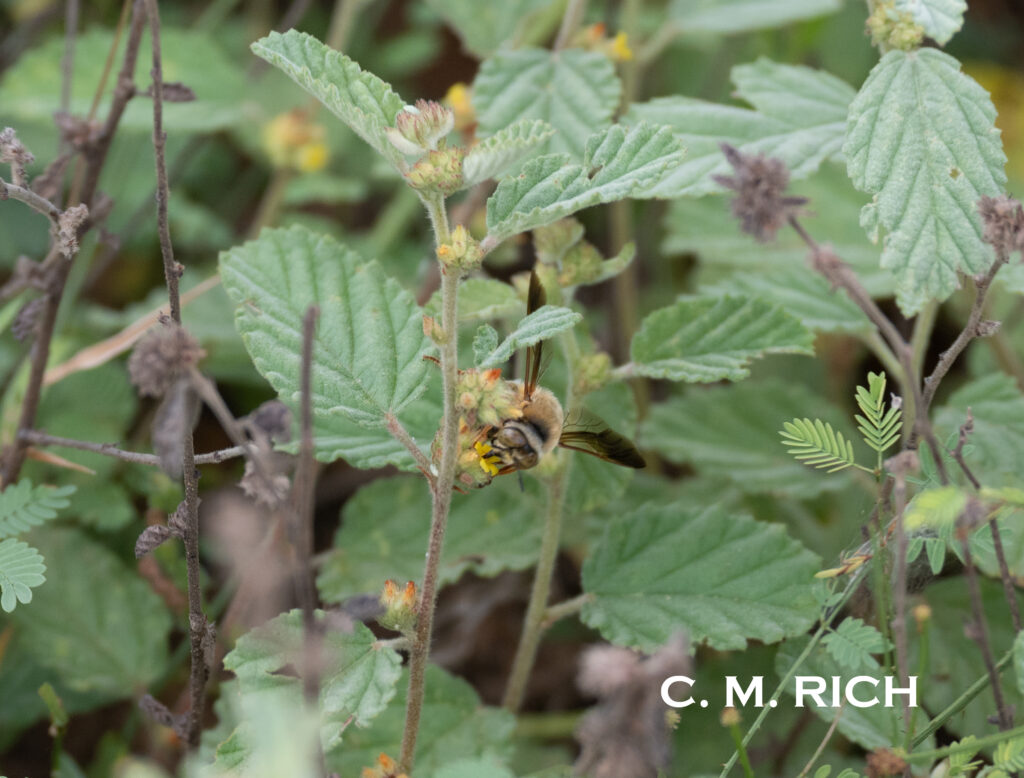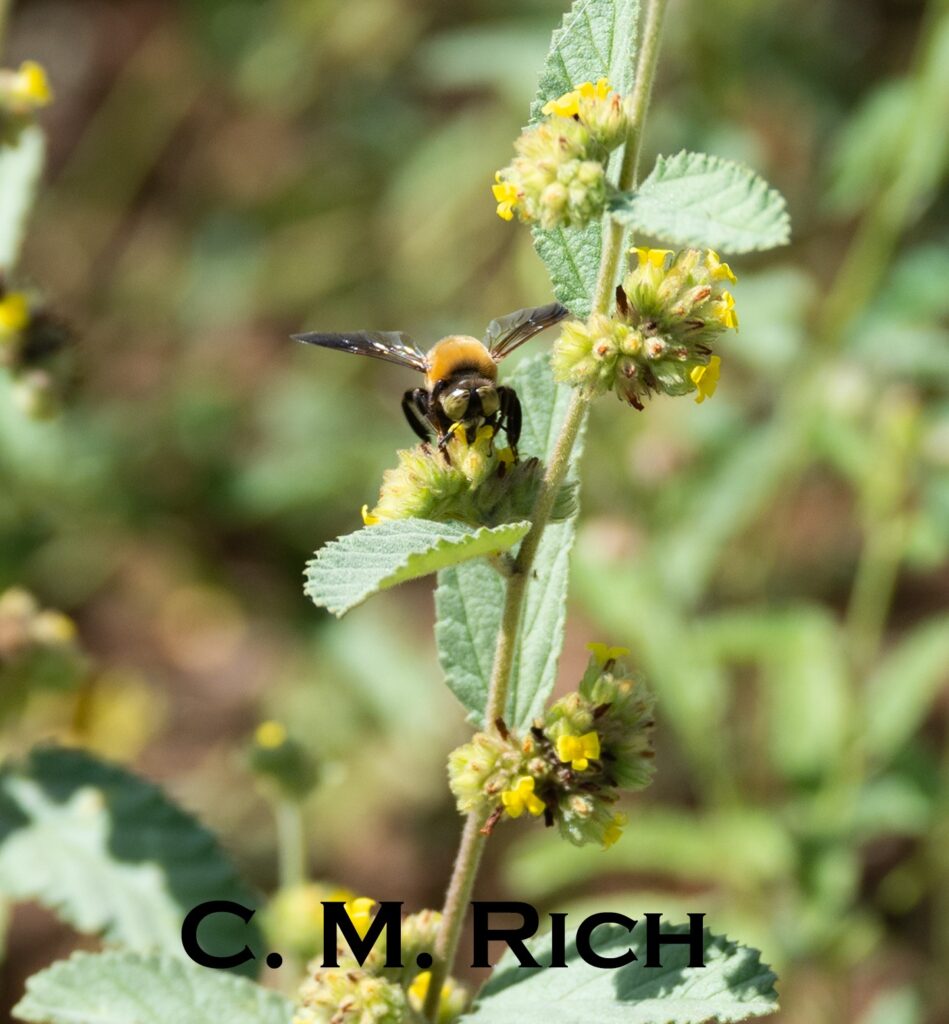
Family: Iridaceae
What a vision of loveliness lay before me as I rounded the corner the other day in the Kawasaki Mule 4 X 4 on a routine “fenceline check.” There she was! Had I not glanced back a second time, I would most surely have missed her—the Purple Pleat Leaf! Almost as soon as I spotted her, after searching for the last fifteen years (15) years for any sign of her continued presence on El Mesteño, I began to doubt what my very own eyes beheld. It was, indeed, the Purple Pleat Leaf. What a beauty!
In the heat with the glaring midday South Texas sun beating down upon us both, I knelt down in the red, sandy soil to get a better look at her. Using my hat to block the bright sunlight, I attempted to snap a few pictures with my cellphone that would be worthy of showing the world how intricately and exquisitely designed this perennial native wildflower truly is. Even though I have been looking for her return for years, it turns out that she is a common occurrence in the Sand Sheet and other parts of Texas.
In Plants of Deep South Texas, by Alfred Richardson and Ken King, page 40, the Purple Pleat Leaf (Alophia drummondii), “is a plant of sandy soils. This species was named in honor of Thomas Drummond, from Scotland, who made extensive collections of plants in Central Texas in the 1830’s.”
In Wildflowers of Texas by Michael Eason, page 433, the common names for this flower are listed as, “Purple pleat-leaf, propeller flower, prairie iris.” Their habitat is listed as, “Fields, meadows, grasslands, roadsides.” Their bloom time is listed as, “Spring, summer.” Their occurrence is listed as “common.” Their location range is given as, “Found in South Texas and eastern third of state.”
In A Photographic Guide to the Vegetation of the South Texas Sand Sheet, by Dexter Peacock and Forrest S. Smith, page 62, this plant is also called a “Purple Nymph.” Additionally, the guide states, “This flower has many names, and it is one of the most striking wildflowers in the Sand Sheet. It blooms throughout the year following rain.”
- Mesoxaea texana update from the South Texas Sand Sheet, and guess what? The Protoxaea gloriosa are back!!!!!!!
- “Male Mesoxaea texana on the South Texas Sand Sheet”
- “Female Mesoxaea texana on the South Texas Sand Sheet”
- “Making more Mesoxaea texana on the South Texas Sand Sheet”
- “Mesoxaea texana nectaring on Waltheria indica on the South Texas Sand Sheet!”




